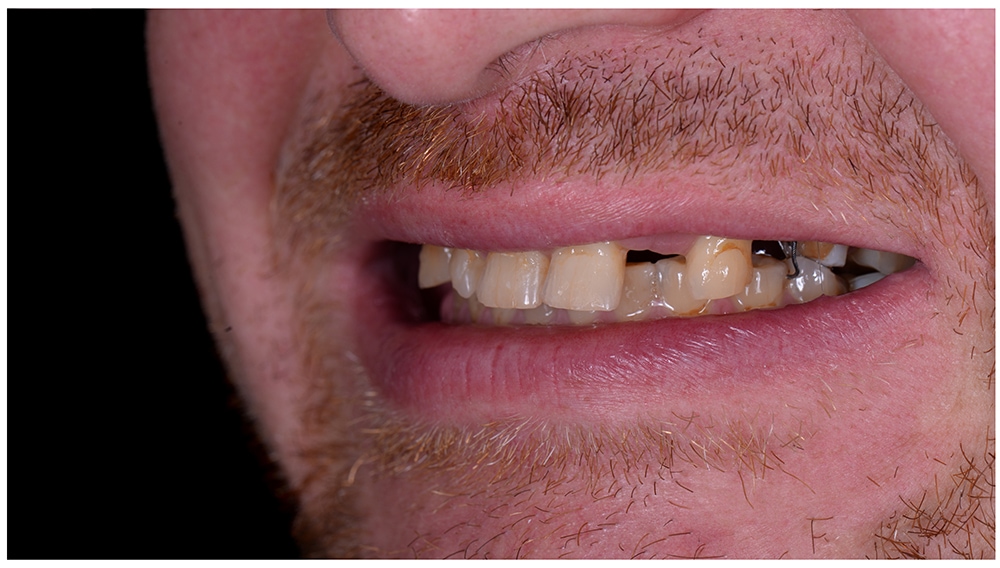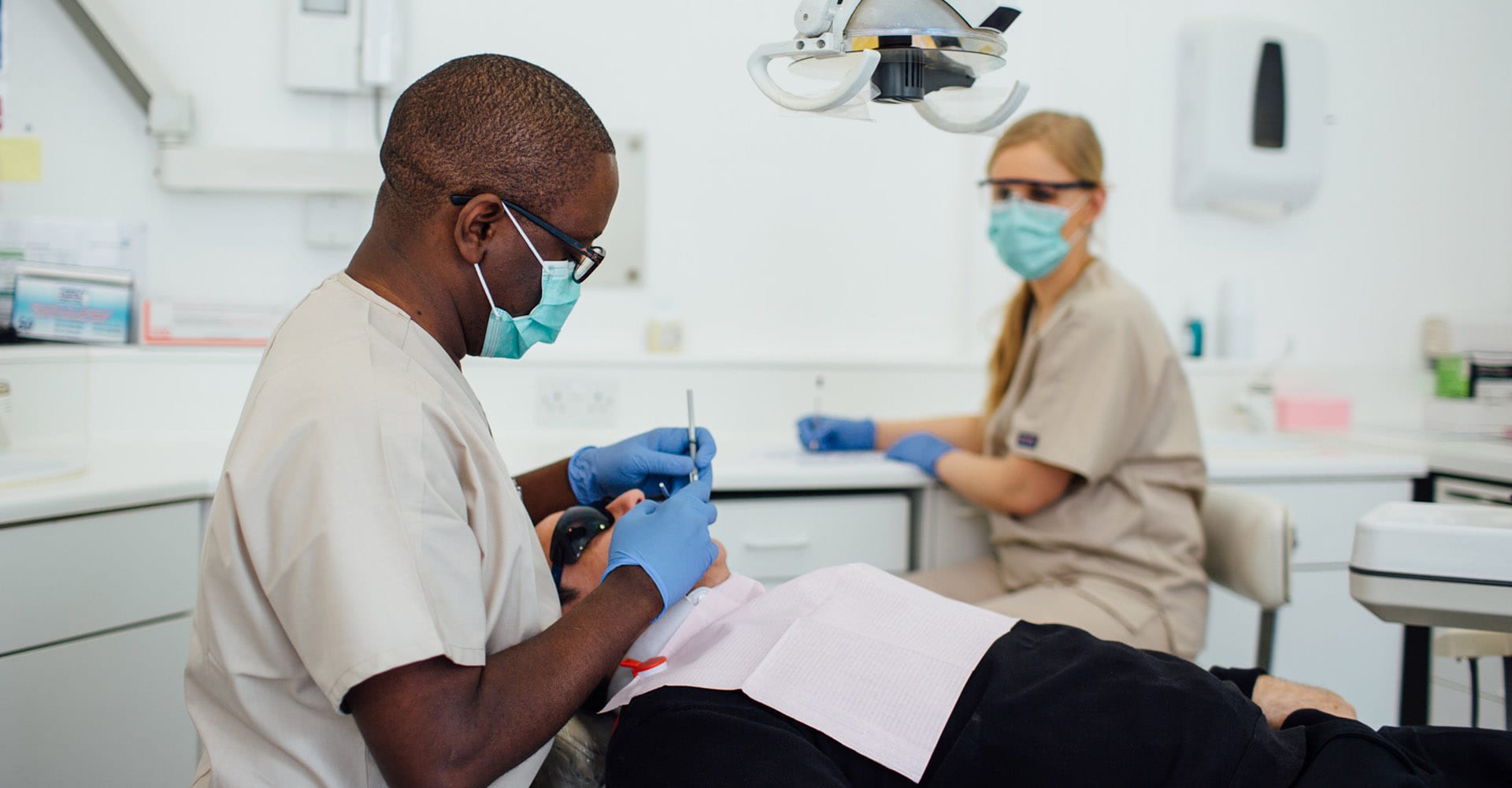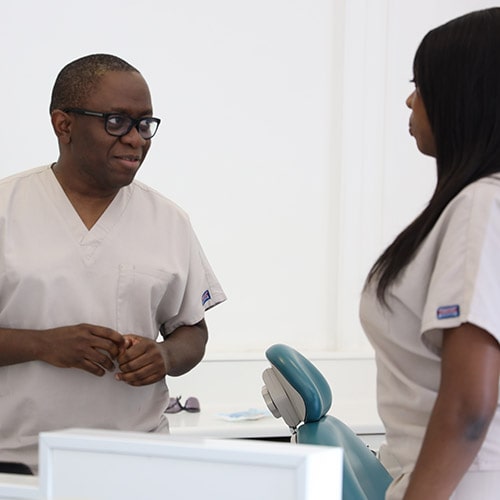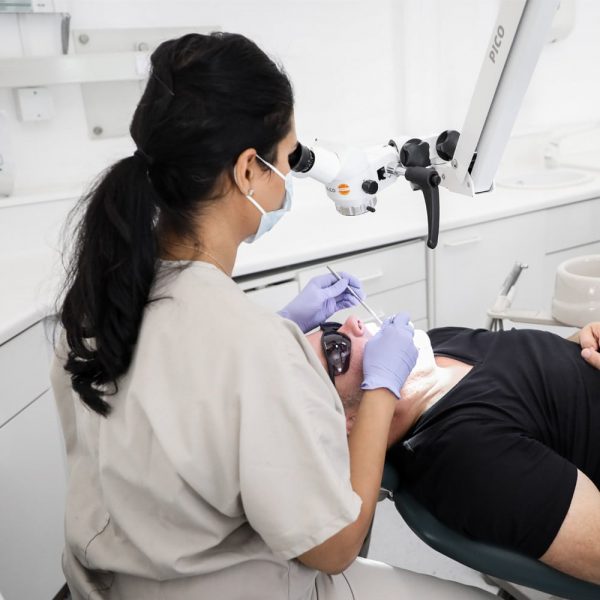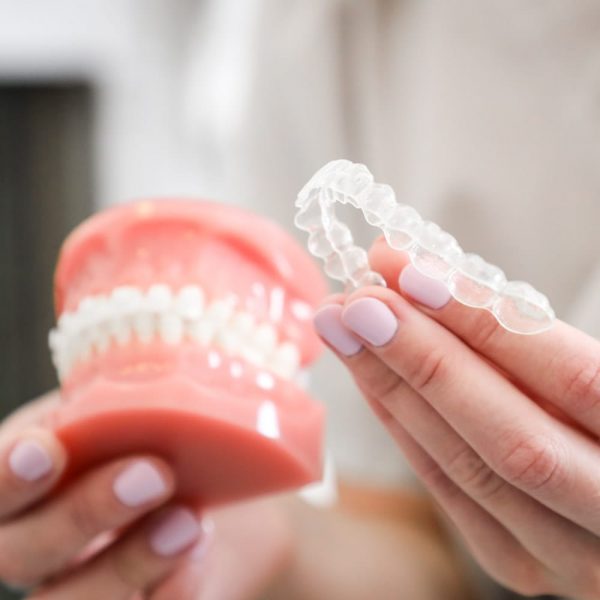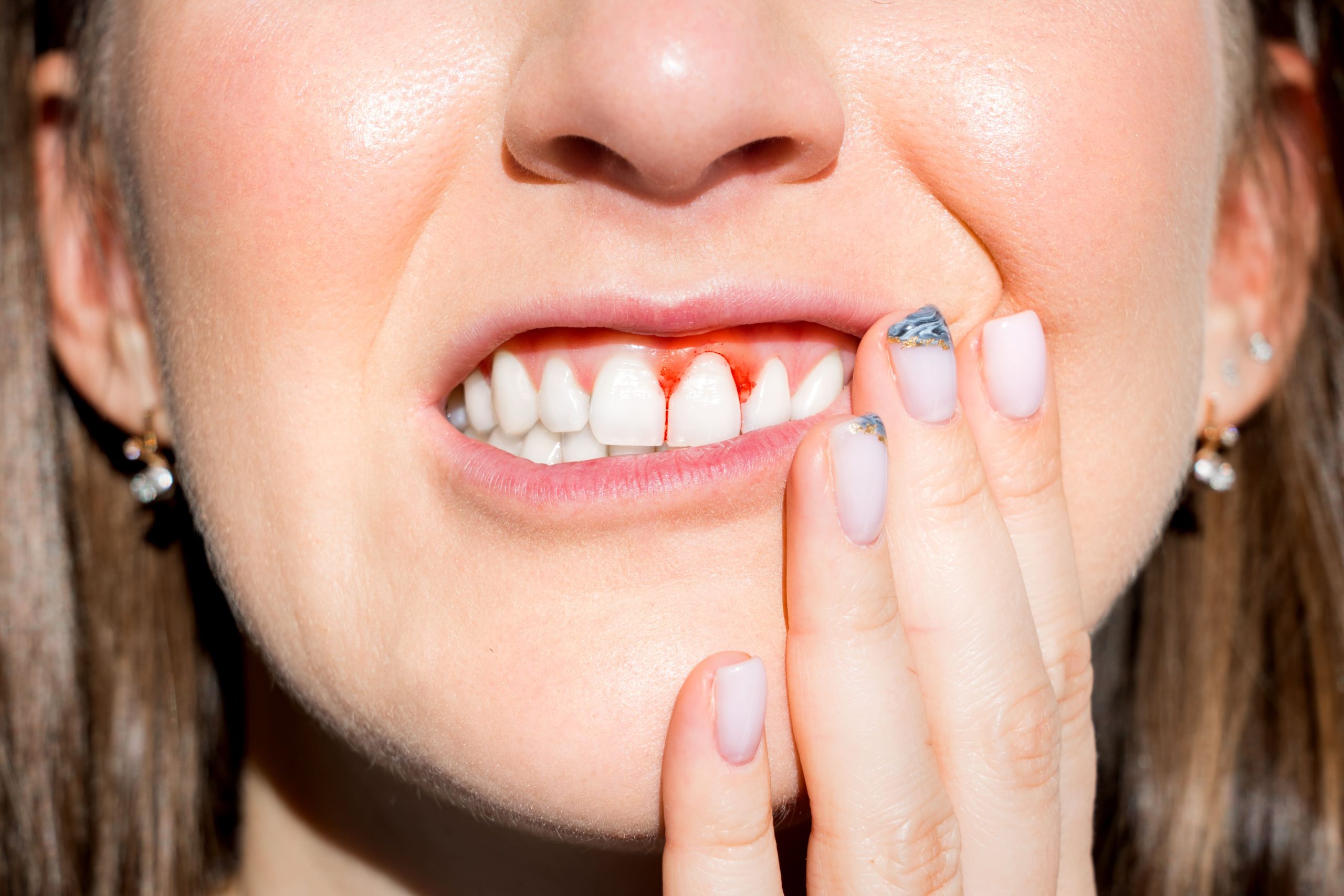These include the commonly recognised metal braces, to the less visible ceramic or porcelain braces, to the technologically advanced self-ligating braces, and even to the practically invisible lingual braces and removable tooth aligners, the options for orthodontic treatment are vast.
Key Takeaways About Types of Orthodontic Treatment
- Different types of braces, including metal brace, ceramic brace, lingual brace, self-ligating brace, and clear aligners (like Invisalign and Spark), all work by exerting constant pressure on the teeth.
- Braces apply continuous pressure on the misaligned teeth and jaws to gradually alter their position.
- Traditional metal braces are highly effective, durable, and cost-effective in moving misaligned teeth.
- Clear ceramic braces offer a discreet orthodontic solution for those seeking less noticeable teeth straightening options.
How do dental braces work?
The various types of braces: traditional metal, ceramic, lingual, self-ligating, and clear aligners, all function by continually applying force on the teeth. The braces, through their components like brackets and archwires, exert a constant pressure on the teeth thereby gradually altering their position.
This pressure triggers the movement of the teeth, compressing the periodontal ligament on one side and allowing new bone formation on the other, leading to a shift in the tooth's position.
This orthodontic treatment is a gradual process and requires regular adjustments to ensure effectiveness.
Traditional Metal Braces
Traditional metal braces are made of stainless steel brackets and archwires and serve as a highly effective solution for correcting misaligned teeth and transforming smiles. These braces, crafted from high-grade stainless steel, are a testament to the prowess of modern orthodontics.
The brackets, affixed to each tooth, act as conduits for the archwires that apply the necessary pressure to realign teeth. The traditional metal braces offer unparalleled durability and control, allowing for precise, efficient teeth movement.
As such, these braces remain a popular choice for individuals seeking a reliable, cost-effective solution to orthodontic concerns.
What are Clear (Ceramic) Braces?
Clear ceramic braces offer an appealing blend of discretion and functionality and therefore serve as an effective orthodontic solution for those seeking less conspicuous teeth straightening options. Tooth-coloured brackets attached to the teeth and these braces are therefore less noticeable than their traditional metal counterparts described above.
Clear ceramic braces are suitable for all ages because they are designed to provide the same level of efficiency in correcting dental issues. The treatment plan, including the progressive tightening of the wire, is tailored to each individual case.
While the cost of clear braces is dependent on the severity of the case, they represent a worthy investment in one's dental health and confidence. Their near-invisible aesthetic is particularly appealing to those who desire to belong to social or professional environments where a discreet appearance is valued.
At London Dental Specialists, we only use high quality traditional and ceramic brackets from 3M like the clarity and victory series.
What are Self-Ligating Braces?
Self-ligating braces employ a specialised clip, eliminating the need for elastics or metal ties. The clip helps reduce friction and allows teeth to move more freely, necessitating fewer adjustments over the course of treatment. The most popular self-ligating brace brand is Damon.
| Self-Ligating Braces | |
| Method | Uses a specialised clip instead of elastics |
| Benefits | Requires fewer adjustments, less noticeable |
| Comfort | More comfortable due to reduced friction |
Self-ligating braces offer a comfortable and efficient orthodontic solution. If you're seeking a less obtrusive, more comfortable option for teeth realignment, self-ligating braces could be the perfect fit. With fewer adjustments required, they offer a more convenient approach to a beautiful smile.
What are Lingual Braces?
Lingual braces, also known as hidden braces, provide a unique and discreet solution as they are fitted on the inside of the teeth. Unlike traditional braces which are very visible and ceramic braces which are much less visible in comparison, lingual braces are fixed behind the teeth, making them virtually unnoticeable. This feature offers an aesthetic advantage, especially for adults who may be conscious about their appearance and lingual braces are highly efficient in correcting various dental issues. This is because the brackets are customised designed to the patient because the specialist orthodontist uses the orthodontic treatment planning CADCAM software. We use reputable companies like 3M (Incognito) and WIN.
The placement of lingual braces involves:
- Taking a digital scan or dental impressions
- Gluing brackets to the inside of the teeth and threading a wire through
- Regular adjustments by the orthodontist every 6-8 weeks
- Initial speech adjustments, which improve with time and practice
Invisalign Clear Aligners
Invisalign clear aligners, an innovative solution in the field of orthodontics, are custom-made, removable devices crafted from flexible plastic material, offering a discreet and comfortable alternative to traditional braces. These clear aligners are virtually invisible, making them a popular choice for those desiring a subtle correction of their dental misalignment.
They provide a level of convenience unparalleled in orthodontic treatment, as they can be removed for eating and normal oral hygiene. The aligners are replaced weekly, gradually moving your teeth into their ideal positions. This method eliminates the need for uncomfortable adjustments typical with traditional braces.
Invisalign clear aligners are a testament to the advancements in technology, offering an effective, aesthetically pleasing, and patient-friendly approach to orthodontic care.
What is the best type of brace?
This is the most popular type of question we get asked on a weekly basis. The choice hinges primarily on aesthetics, budget, and dental hygiene considerations. Different types of braces serve unique purposes and are designed to accommodate a variety of needs and preferences.
- Traditional braces use sturdy metal wires and brackets, known for their cost-effectiveness. They are very good at treating all orthodontic malocclusions namely: overbite, underbite, crossbite, crowding and spacing.
- Invisalign aligners: offering near invisibility, require discipline for optimal results. They must be worn for 22 hours per day. Clear aligners are least likely to affect speech. In addition to discipline, you really need a specialist orthodontist who understands the orthodontic software for treatment planning. If these two conditions are satisfied, all orthodontic malocclusions can also be treated namely: overbite, underbite, crossbite, crowding and spacing.
- Ceramic braces: though similar in appearance to Invisalign, offer a more fixed treatment option. Because they are fixed to the outside of the teeth, they are therefore more bulky than clear aligners and therefore affect speech slightly more. Like traditional metal braces, they are also very good at treating all orthodontic malocclusions namely: overbite, underbite, crossbite, crowding and spacing.
- Lingual braces: carry the highest price because they are invisible and do not require discipline. The close proximity to the tongue makes them the most likely to affect speech. The real beauty about these fixed braces (from a technological perspective) is that they are custom made (in comparison with the metal or ceramic braces which are not). Therefore, our specialist orthodontist can use the orthodontic treatment planning software to carefully map out the orthodontic treatment sequence (using the orthodontic treatment plan software). This customises the plan to the patient leading to an increased likelihood of success. They are therefore very good at treating all orthodontic malocclusions: overbite, underbite, crossbite, crowding and spacing.
Why not complete the form below and let our wonderful specialist orthodontist start the process of giving you the smile of your dreams.
Orthodontic Care Products.
These improve patient comfort during treatment. They are:
- Orthodontic wax: this is very useful in dealing with discomfort associated with the "sharper" edges of the brackets and archwires.
- Interdental brushes for cleaning between teeth. Their use is crucial around fixed braces.
- Mouthguards for braces.
Auxiliary Orthodontic Tools
These are used to augment the orthodontic treatment forces. These include:
- Palatal expanders. These are useful in younger patients where expansion of the maxilla is essential for a stable result.
- Orthodontic Headgear is typically recommended for children and not adults because it supports proper jaw alignment and growth.
- Orthodontic Elastics are typically attached to fixed braces but can be used in carefully planned clear aligner cases used to augment the forces applied by the braces examples include Class II and Class III elastics.
- Orthodontic retainers are typically worn at the end of treatment to maintain the final positions. Fixed retainers are applied to the inside of the front six teeth, removable retainers are typically made of 3D printed plastic from manufacturers like Align Technology (Invisalign).


